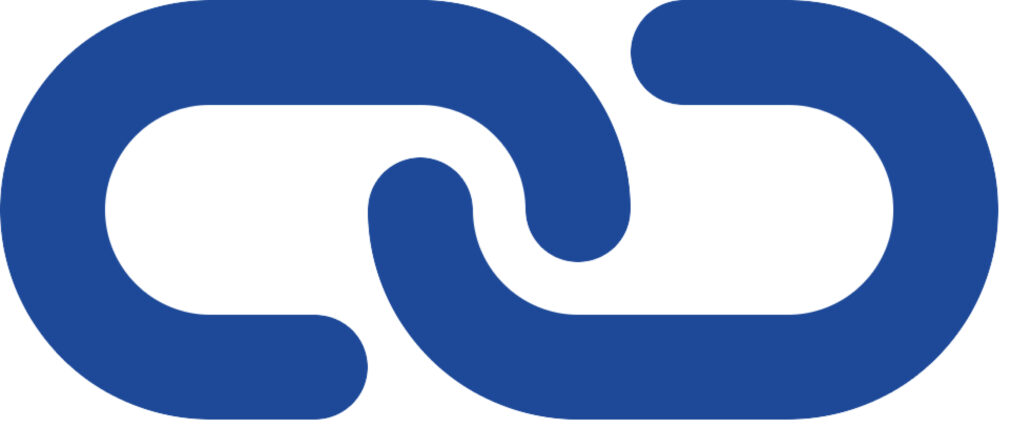By Marcus McGee June 30, 2021
What is a Content Creator?

What do content creators do? What makes content creation official? Are you a content creator? The answer is simple. If you write, compose, sing, recite, draw, interpret, translate, pitch, blog, design, produce, direct, photograph, edit, consult, teach, collaborate, develop, publish, perform, represent or promote original content, that qualifies you as a content creator. “Content” has a broad meaning, which ranges from humdrum statistics to passionless reporting to college papers—more about that later—but the content creators I seek to reach and empower are those who produce “creative” or “artistic” content.
“Original Content” means you are bringing something completely new to consumers of content. If you cover a song or you produce a Shakespearean play, then the work itself is “content”—subject to copyright laws and royalties, though it is not “original content.” Shakespeare’s Romeo and Juliet and Othello were derived from the Babylonian love story Pyramus and Thisbe and Un Capitano Moro by Giovanni Battista Giraldi Cinthio respectively, but Shakespeare refashioned the work, recreating his own characters, conflicts, resolutions and messages as original content.
Copying or cloning is not content creating, though there is nothing wrong with deriving original work from other great stories that have been told earlier. However, copying any work without attribution is considered plagiarism, which is antithetical to original content creation. Specifically, original content is something unique that a person (or sometimes a program) creates—something novel that finds a way to share an idea or tell a story in a completely fresh or new way.
Let’s begin with the stories we read and watch. King Solomon said, “there is nothing new under the sun,” and for all purposes, who can argue against that? Traditionally, in art and literature, there are seven major main plots: Overcoming the Monster; Rags to Riches; The Quest; Voyage and Return; Comedy; Tragedy and Rebirth. Every story ever told or written fits into one or more of those categories.
Telling the story is the next challenge. When I was in college studying the structure of classical drama, I focused on prelude, protasis, epitasis, catastasis and catastrophe, which became a part of my DNA and which writers of mainstream drama today translate in the arc as exposition, rising action, climax, falling action, catastrophe and resolution (which in fiction is called the denouement). It’s an indispensable formula for telling good and memorable stories. All storytellers would do well to remember and incorporate it.
Furthermore, there are seven character roles: The Protagonist (hero), The Antagonist (villain); The Love Interest (object of desire); The Confidant (sidekick); Deuteragonists (supporting characters); Tertiary Characters (minor players) and The Foil (contrasting character(s)).
For practical purposes, however, characters can be classified as flat, round, static, and dynamic, which become the most important tools of content creators who share stories.
In the same way that all organic molecules are composed of carbon atoms in rings or long chains, which are attached to hydrogen, oxygen and nitrogen atoms, all the stories that we consume and enjoy are created from combinations of the plots and characters listed above. The content creator merely finds a way to combine them in a unique way that is both original and provocative.
If you have an original idea and you have invested the time, discipline and energy to put that idea into a form that translates to and inspires an audience, then you are a content creator. The next challenge: What do you do after your content is created? What do you do after it is published or “dropped?” How do you give that content the best opportunity for success? How do you take control of the process rather than relying on others?
ContentConnect is the answer. Stay tuned—more to come about that!
